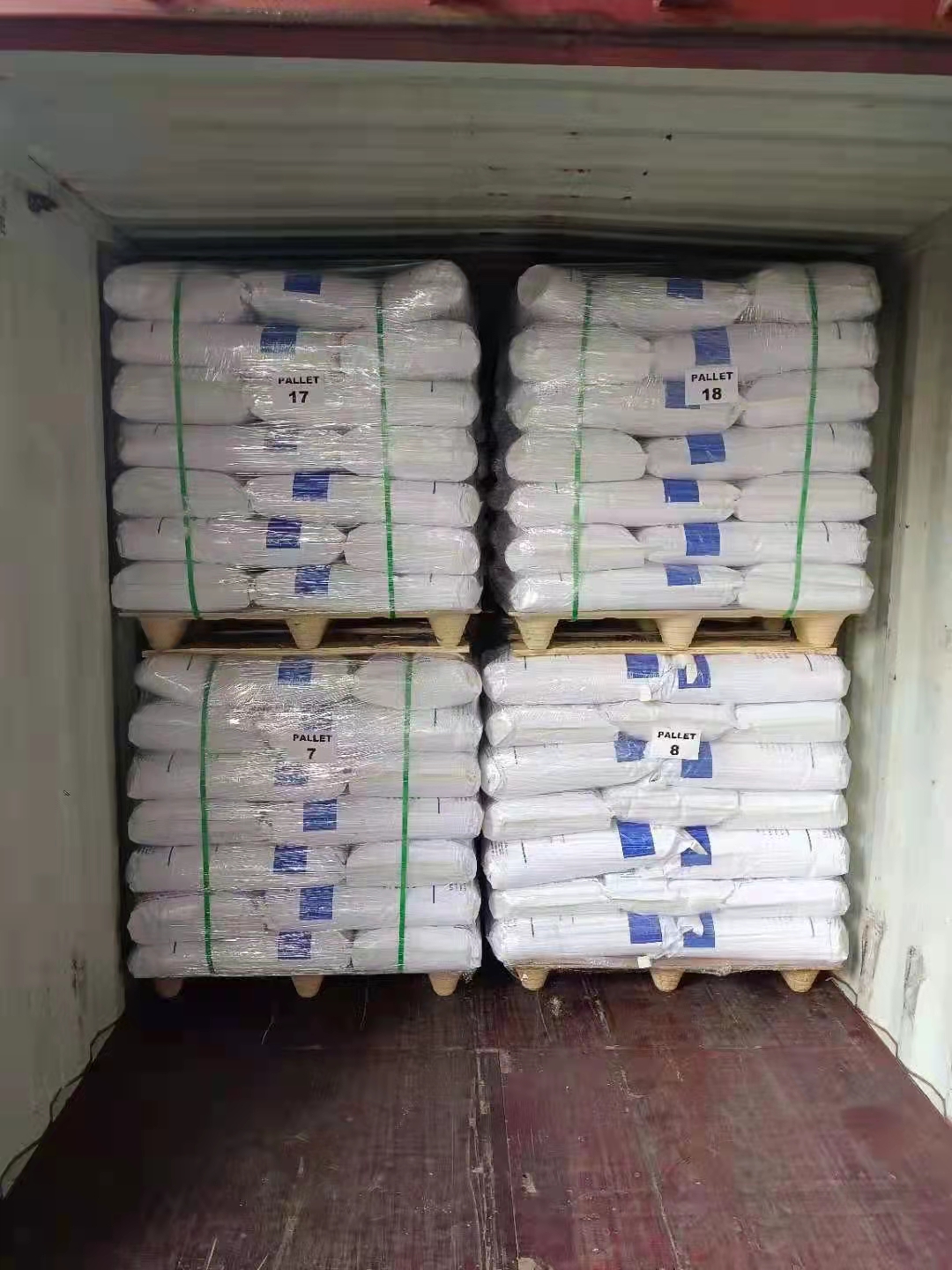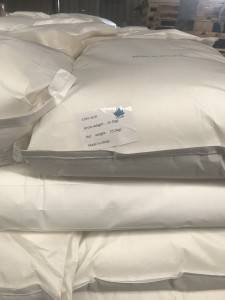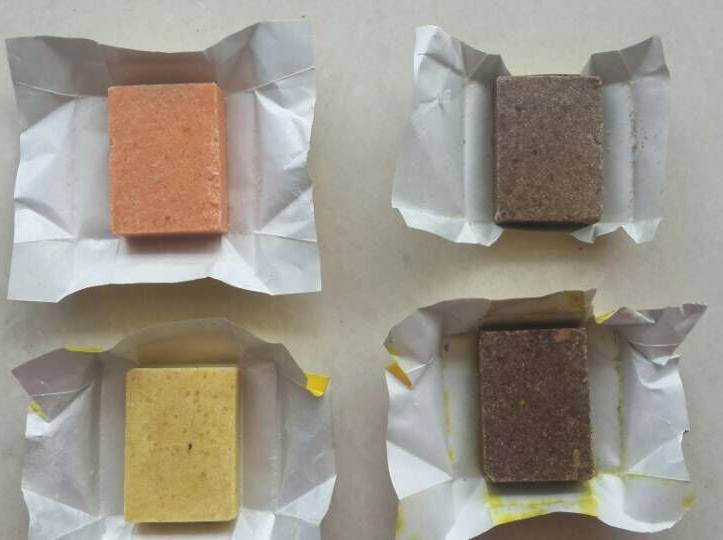Polydextrose is a new type of water-soluble dietary fiber. So far, it has been approved by more than 50 countries to be used as a healthy food ingredient. It is widely used in the manufacture of fortified fiber food. After eating, it has the function of keeping the intestines and stomach unobstructed. Polydextrose not only has the unique functions of insoluble dietary fiber, such as significantly increasing fecal volume, enhancing defecation and reducing the risk of intestinal cancer, but also has functions that insoluble dietary fiber does not have or not obvious. For example, combined with the removal of cholic acid in the body, polydextrose can significantly reduce serum cholesterol, more easily lead to satiety, and can significantly reduce the blood glucose level after meals.
polydextrose specification:
|
Assay as polydextrose |
90.0% Min |
|
1,6-anhydro-D-glucose |
4.0%Max |
|
glucose |
4.0%Max |
|
Sorbitol |
2.0% Max |
|
5-hydroxymethylfurfural |
0.1%Max |
|
Sulfated ash |
2.0% Max |
|
PH(10% solution) |
2.5-7.0 |
|
Particle size |
20-50 mesh |
|
Moisture |
4.0% Max |
|
Heavy metal |
5mg/kg Max |
|
Total plate count |
1000 CFU/g Max |
|
Coliforms |
3.0 MPN/ml Max |
|
Yeasts |
20 CFU/g Max |
|
Mold |
20 CFU/g Max |
|
Pathogenic bacteria |
Negative in 25g |
(1) , low heat
Polyglucose is the product of random polymerization. There are many kinds of glycosidic bonds, complex molecular structure and difficult biodegradation. [3]
Polydextrose is not absorbed when passing through the stomach and small intestine. About 30% is fermented by microorganisms in the large intestine to produce volatile fatty acids and CO2. About 60% is discharged from feces, and the heat generated is only 25% of sucrose and 11% of fat. Very little fat can be converted into fat, which can not cause fever.
(2) Adjust gastrointestinal function and promote the absorption of nutrients
Since dietary fiber contributes to the balance of the digestive tract, the intake of high fiber diet is the key to maintaining the health of the digestive tract.
As a water-soluble dietary fiber, polydextrose can shorten the emptying time of food in the stomach, promote the secretion of digestive juice, facilitate the absorption and digestion of nutrients, shorten the time for contents (feces) to pass through the intestine, reduce the pressure of the colon, reduce the contact time between harmful substances in the intestine and the intestinal wall, promote intestinal movement and enhance the osmotic pressure of the colon, So as to dilute the concentration of harmful substances in the gastrointestinal tract and promote their excretion from the body.
Therefore, polydextrose can effectively improve intestinal function, promote defecation, eliminate constipation, prevent hemorrhoids, alleviate poisoning and diarrhea caused by harmful substances, improve intestinal flora and assist in inhibiting cancer.
(3) . prebiotics regulating the balance of intestinal flora
Polydextrose is an effective prebiotic. After being ingested into the human body, it is not digested in the upper part of the gastrointestinal tract, but fermented in the lower part of the gastrointestinal tract, which is conducive to the reproduction of intestinal beneficial bacteria (Bifidobacterium and Lactobacillus) and inhibit harmful bacteria such as Clostridium and Bacteroides. Polydextrose is fermented by beneficial bacteria to produce short chain fatty acids such as butyric acid, which reduces the pH value of the intestine, can help resist infection and reduce the risk of cancer. Therefore, polydextrose can provide food formulators with prebiotic ingredients beneficial to gastrointestinal health.
(4) Reduce blood glucose response
Polydextrose can improve the sensitivity of the last few tissues to insulin, reduce the requirement for insulin, inhibit insulin secretion, impede the absorption of sugar, and the polydextrose itself is not absorbed, thereby achieving the goal of lowering blood sugar level, which is very suitable for diabetics. Polydextrose has only 5 – 7 relative to blood glucose, while glucose has 100.
(5) Promote the absorption of mineral elements
The addition of polydextrose in diet can promote the absorption of calcium in the intestine, which may be because polydextrose is fermented in the intestine to produce short chain fatty acids, which acidifies the intestinal environment, and the acidified environment increases the absorption of calcium. The research published in the Journal of nutrition (2001) by Professor Hitoshi Mineo of Japan shows that the calcium absorption of jejunum, ileum, cecum and large intestine of mice increases with the increase of polyglucose concentration in 0-100mmol / L.










